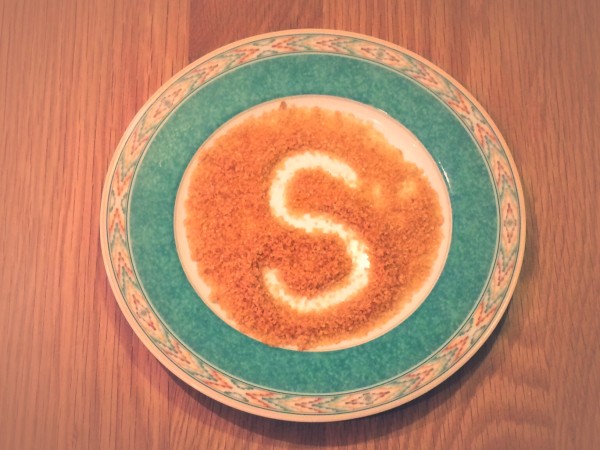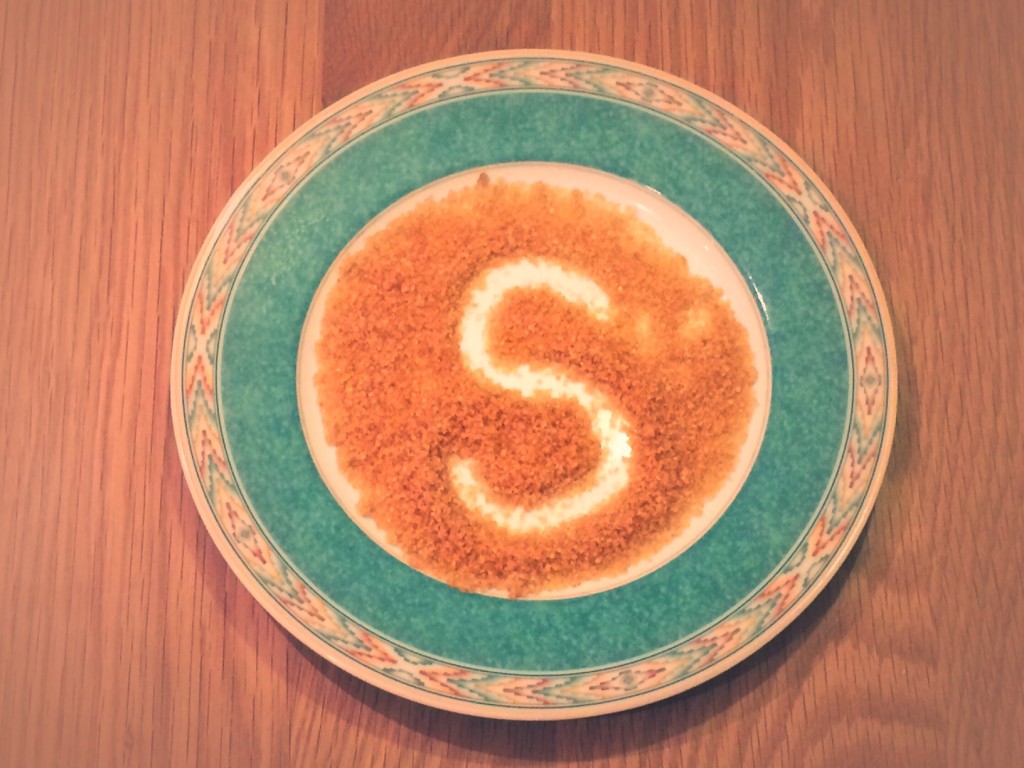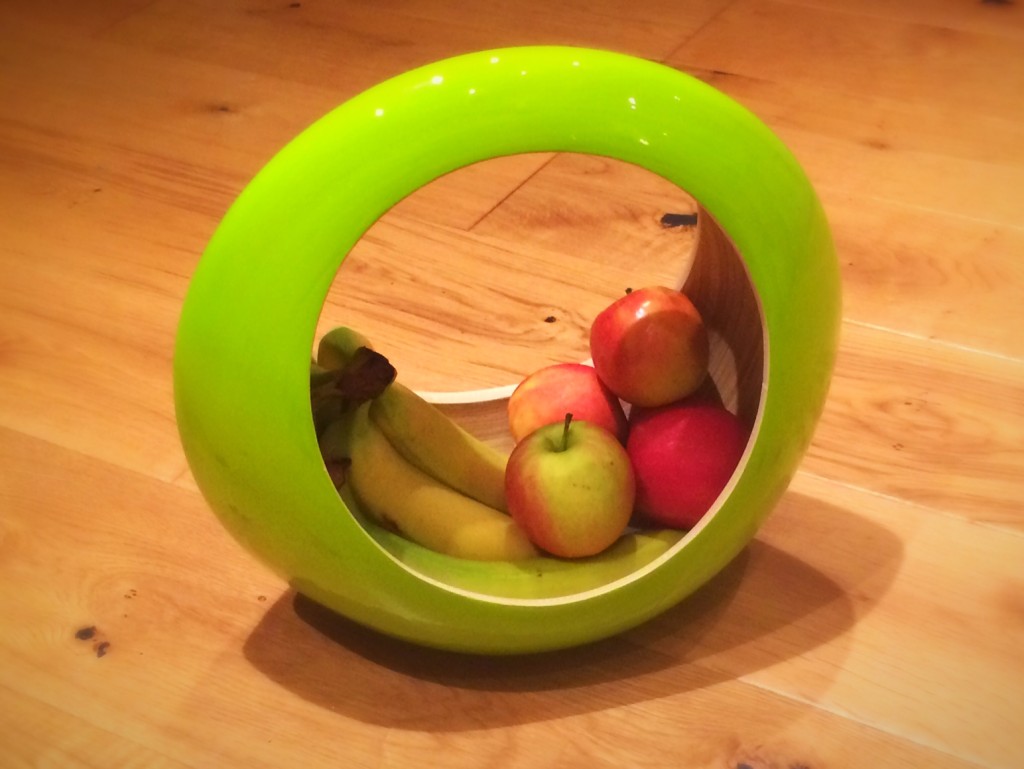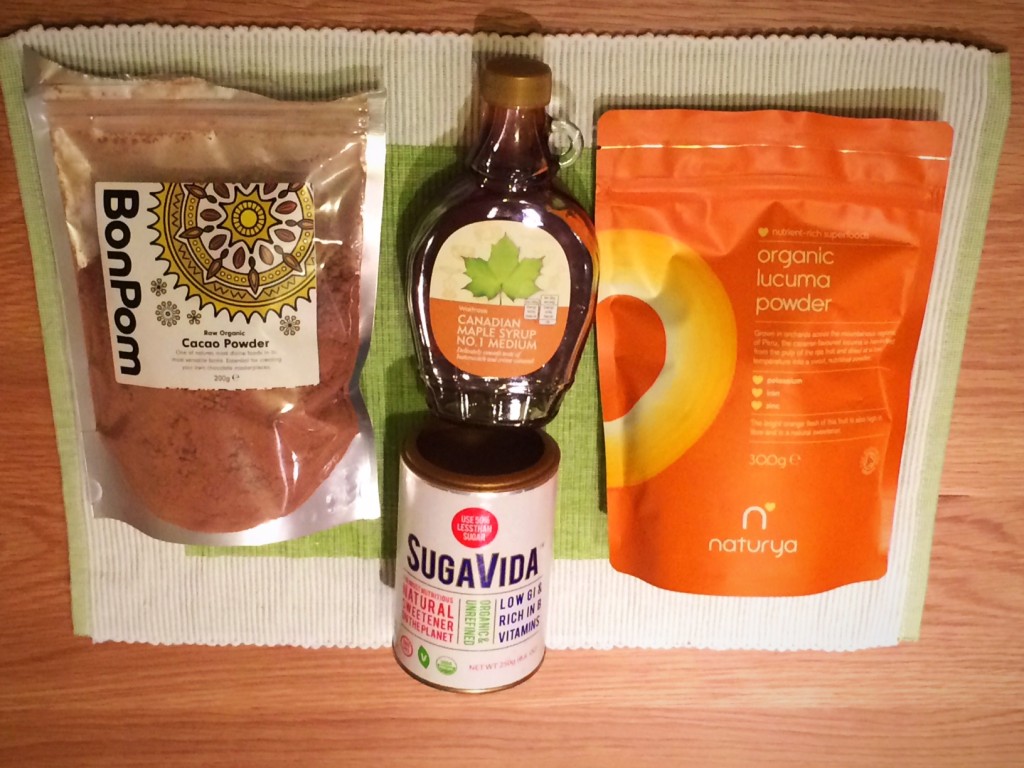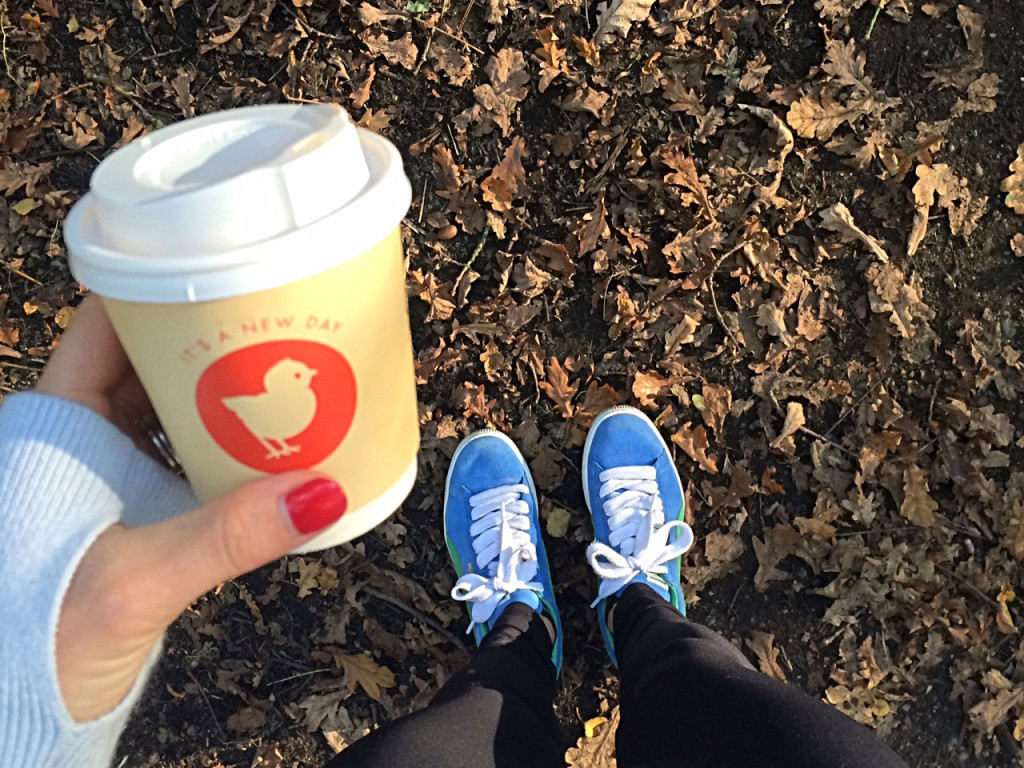Last weekend I had family visiting from Canada and we took them out for a pre-theatre meal at Christopher’s in Covent Garden. There was an amaretto chocolate pave on the menu, with mint ice cream. In the name alone there were three of my favourite ingredients, so my sweet tooth was positively singing. It was so insanely delicious I couldn’t even stop to take a photo of it, so I ask you to use your imagination and think of the most mind-blowingly indulgent, soul-pleasing dessert you’ve ever had. Now try to imagine saying no when it’s sitting just beneath your nose. Next to impossible, isn’t it? Good thing I’m not about to suggest you can never eat sugar…
I do, however, want to address a serious imbalance in the national diet. With the latest news headlines confirming 1 in 10 Brits are diagnosed with Diabetes, and the government threatening to increase the tax on sugar, most of us could use some help to cut down on the simplest of carbohydrates. This debacle is what’s inspired me to share my 5 rules for eating and drinking sugar in moderation.
1. Spread fruit intake throughout the day
When I take on a new PT client, I ask them to keep a food diary for a week so I can identify the bad habits they may not recognise as problematic. The most common faux pas I see is fruit overloading. While fruit is a hugely important source of vitamins, and its naturally-occurring fructose an essential source of energy, bingeing on multiple fruits in one sitting with spike your blood sugar and create a boom and bust energy spike that will set you up for sugar cravings throughout the day. A banana in the morning, an orange for elevensies and an apple in the afternoon is a far healthier way to spread out your sugar intake and stabilise your energy levels.
2. Choose raw, not refined
I love coffee, but my daily latte isn’t complete without a small spoonful of sugar. To keep the flavour and cut the guilt, I always choose the least refined form of sweetener. Being Canadian, maple syrup is naturally a favourite, but raw brown sugar is available almost everywhere and is far superior to its more processed white sister. That’s because the process of refining a sugar accelerates the speed at which the body breaks it down, resulting in quicker blood sugar spikes and inevitable energy crashes. I also love SugaVida, which comes from the Palmyra tree and is a naturally-occurring low GI sugar that will keep you going for longer. Lucuma is new on my radar, but I’ve been loving the added sweetness in smoothies and breakfast bowls without the consequence of copious calories and blood sugar mayhem. Plus, I’m currently tackling chocolate cravings with a spoonful of antioxidant-packed raw cacao powder in my overnight oats.
But where do I stand on artificial sweeteners? While they will reduce your calorie intake, there are lots of unknowns about the effects of artificial sweeteners, and some dieticians suggest that eating fake sugars increase your body’s cravings for real sugars. The jury is still out, but I trust in mother nature and opt for the real deal wherever possible.
3. Balance out your treats
Look at both individual meals and every day as a whole to effectively monitor sugar intake. It’s not about deprivation, but moderation and distribution. If you had a lot of sugar in the afternoon, lay off in the evening and trade your ritual chocolate indulgence for a few spoonfuls of greek yoghurt instead. Your body will learn to recognise this form of regulation and even adopt a revulsion at excess sugar intake. Take it from someone who used to pick the most sickly sweet chia tea lattes and frappucinos in every coffee shop. My stomach now turns at the realisation that 3 shots of syrup (yes, 3!) go into every tall Starbucks flavoured latte.
4. Know your saccharides
Not all sugars are created equal. Knowing the differences and differentiating between the saccharides will help you get the right balance of sugar in your diet. Common to all carbohydrates are single sugar chains, or monosaccharides. The more of these are contained within a carbohydrate, the more complex and therefore slower releasing it is. Your monosaccharides include glucose (the gooey stuff in coffee syrups, chocolate bars, sweets etc), fructose (fruit sugar) and galactose (milk sugar). Your disaccharides include lactose (also found in milk) and sucrose (the most common form of table sugar). In the sugar hierarchy, glucose is the equivalent of the dietary devil. Fructose and galactose have a lower GI so are better in moderation, but disaccharides are the superior sugar when it comes to sustained energy release. Which brings me to my final point…
5. Eat for energy
Still with me? What every one of my rules comes back to is this idea of sustained energy release. The better we can control our blood sugar levels, the more power we have over our cravings and the better we’ll feel from meal to meal. You’ll feel healthier, have greater clarity of mind, think less about food and of course notice a flatter, leaner looking stomach as you cut sugar intake over time. And when you do indulge in sugar (no one’s perfect), consider the rest of the ingredients on your plate to manage the resulting sugar rush.
Fibre and protein are digested far more slowly than sugar, so a spoonful of honey on an oat cake has an entirely different effect than a spoonful of honey out of the jar (in case you thought that was tempting). Likewise, having a banana alone is not going to leave you feeling as satisfied as a banana with a tablespoon of protein-rich nut butter. That’s because the composition of your snacks and meals is every bit as important as the individual ingredients. When you’re eating for energy, these considerations are crucial. And they’ll help you find a compromise between eating the foods you love and enjoying the snacks you know are good for you.
Add some new low-sugar recipes to your repertoire with my homemade granola, coronation chicken, miso-baked aubergine and sweet potato and homemade protein balls.


